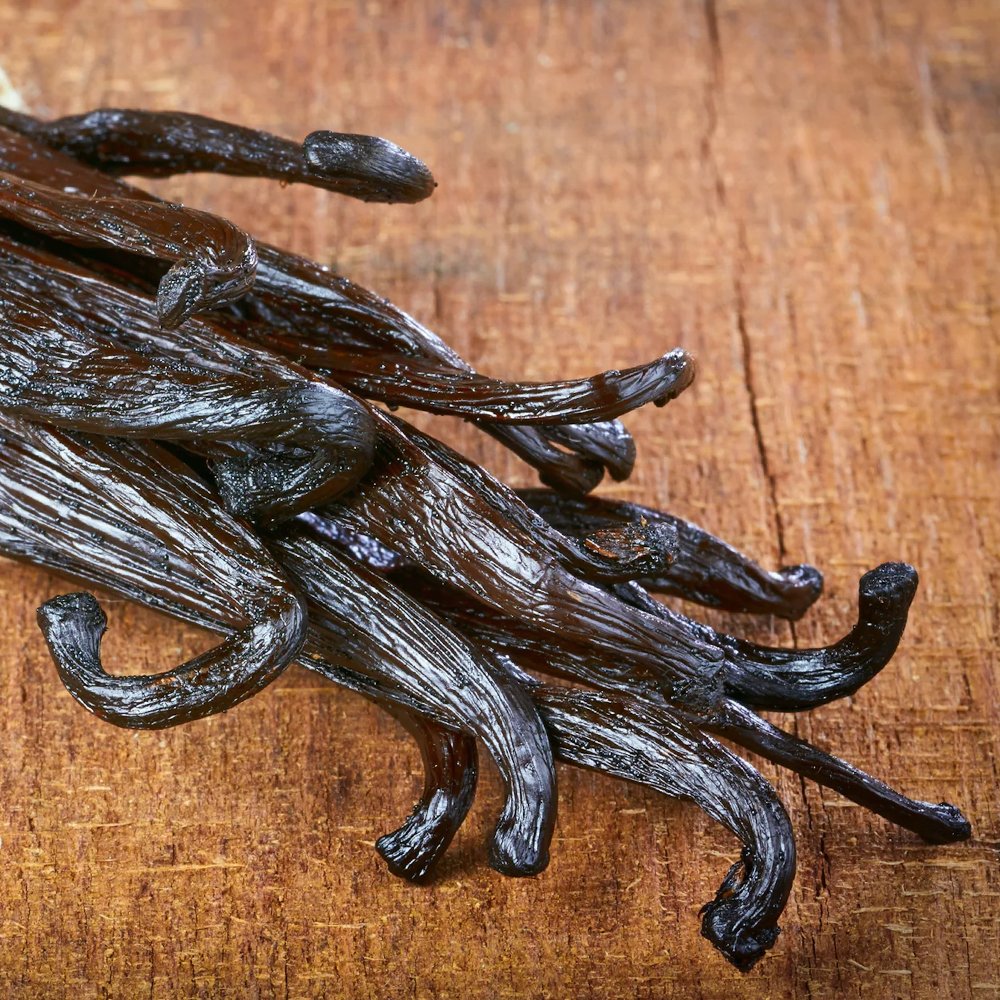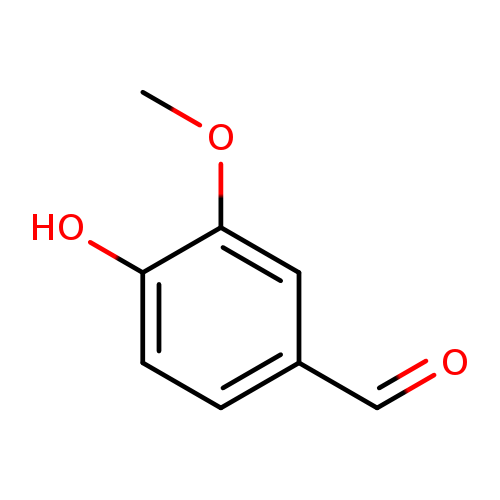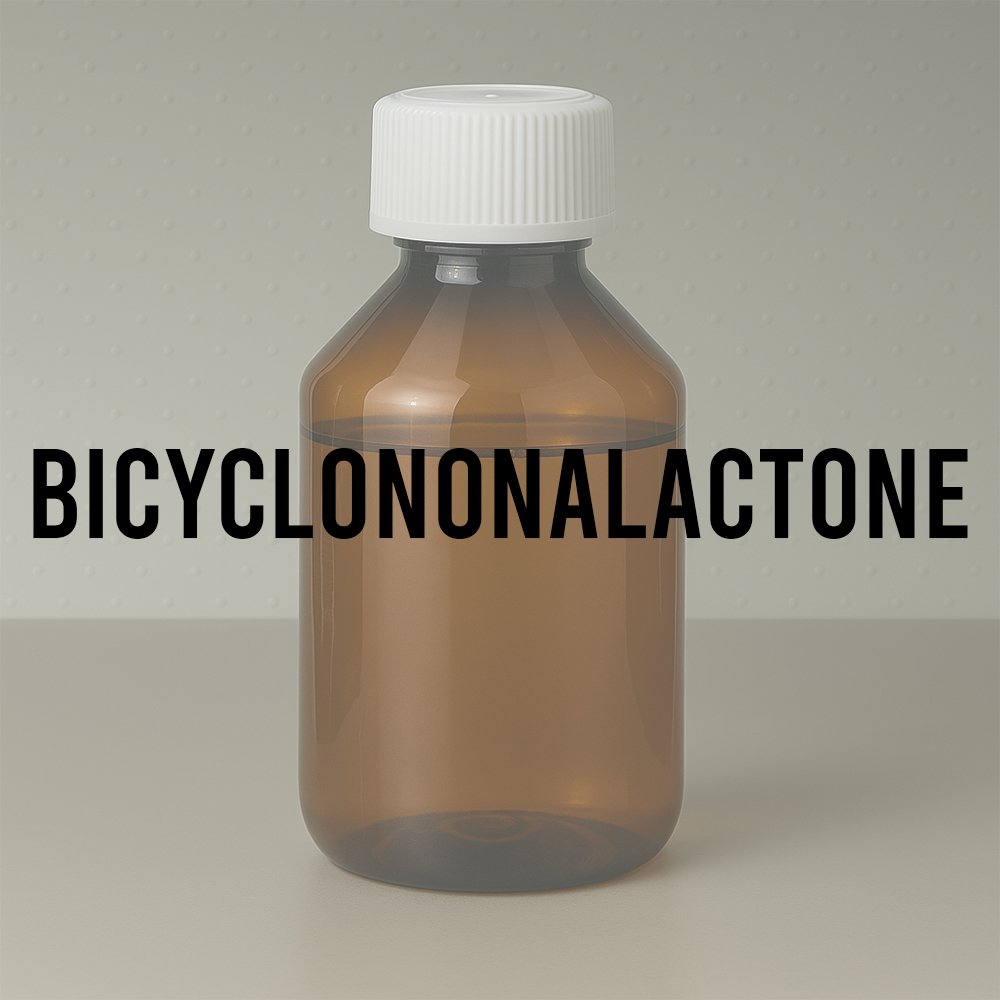Cananga Oil – Technical Ingredient Overview
🏭 Manufacturer — Primarily produced in Java, Indonesia; minor production in Philippines
🔎 Chemical Name — Cananga odorata (DC) Hook. f. & Thomson subsp. macrophylla flower essential oil
🧪 Synonyms — Java cananga oil, cananga flower oil, Canangium odoratum macrophylla oil
📂 CAS Number — 68606-83-7 / 93686-30-7
📘 FEMA Number — 2232
⚖️ Molecular Weight — Variable (natural complex substance; primarily sesquiterpenes and aromatic esters)
📝 Odor Type — Sweet-floral, balsamic, woody-leathery
📈 Odor Strength — Strong, tenacious
👃🏼 Odor Profile — Sweet-floral and balsamic with tenacious persistence; initial woody-leathery notes with fresh-floral undertone; heavier and more persistent than ylang-ylang Extra or Grade I
⚗️ Uses — Soap perfumery, leathery notes in men's fragrances, fougère bases, functional fragrance, cost-effective ylang-ylang alternative
🧴 Appearance — Yellow to orange-yellow or slightly greenish-yellow, somewhat viscous liquid
What is Cananga Oil?
Cananga oil is the complete (unfractionated) essential oil obtained by water distillation of the flowers of Cananga odorata (DC) Hook. f. & Thomson, subspecies macrophylla, native to Indonesia and the Philippines. This oil is produced primarily in the northern and western regions of Java using the direct-fire distillation method—a traditional technique where flowers are placed directly in water with fire beneath the pot, without a heating jacket (Arctander, 1960). This subspecies and distillation method distinguish cananga oil from the more refined ylang-ylang oil, which is produced from Cananga odorata subspecies genuina and typically fractionated into multiple grades (Extra, I, II, III) through interrupted distillation.
The botanical distinction is critical: while both oils derive from trees of the same species, the macrophylla subspecies produces flowers with different chemical profiles and olfactory characteristics. The yield of cananga oil is notably lower than ylang-ylang oil due to primitive distillation techniques, poorly selected flower material, and the practice of crushing flowers when packing the still—a process that damages the delicate floral tissue and causes volatile loss before distillation begins (Arctander, 1960).
Chemically, cananga oil resembles ylang-ylang III (the longest-distilled, most sesquiterpene-rich fraction of ylang-ylang) but is distinguished by significantly higher caryophyllene content, typically 30-40% of the total composition. This elevated sesquiterpene concentration contributes to the oil's characteristic "heavier" odor profile and exceptional tenacity compared to the early fractions of ylang-ylang oil. Other major constituents include trans-caryophyllene, ocimene, E,E-α-farnesene, farnesyl acetone, benzyl benzoate, and various sesquiterpene alcohols.
Historical Background
The Cananga odorata tree is native to Indonesia and possibly the Philippines, where it has been valued for its intensely fragrant flowers for centuries. While the tree and its flowers have been used traditionally in Southeast Asian cultures, the systematic commercial distillation of cananga oil as a distinct product emerged in the 20th century, particularly as global demand for ylang-ylang oil grew and producers sought to maximize utilization of flower material from different subspecies and regions.
The historical center of production has been Java, Indonesia, where the macrophylla subspecies grows abundantly. The primitive direct-fire distillation method used in Java reflects traditional Indonesian distillation practices that predate modern steam distillation technology. This method, while less efficient, produces an oil with distinct character that has found its own niche in perfumery, particularly in soap and functional fragrance applications where cost-effectiveness and tenacity are prioritized over the delicate floral refinement of fractionated ylang-ylang.
Prior to World War II, cananga oil production was modest but consistent. Following the war, production increased rapidly in Java to meet growing industrial demand, reaching approximately 20 metric tons annually by 1959—approaching pre-war levels. Meanwhile, production in the Philippines, which had been the original home of commercial ylang-ylang cultivation, became negligible as the industry consolidated in Indonesia and the Indian Ocean islands (Comoros, Madagascar).
The availability of cananga oil on the market has historically exceeded stated production figures, indicating significant adulteration or mislabeling. According to Arctander (1960), high-boiling fractions ("tails") from ylang-ylang distillation in Madagascar and the Comoros were frequently relabeled and sold as "Cananga Oil—Java," representing false denomination rather than chemical adulteration per se. This practice highlighted the economic pressure to meet market demand and the difficulty consumers faced in distinguishing authentic Java cananga oil from ylang-ylang fractions.
Olfactory Profile
Scent Family: Sweet-floral, balsamic, woody-leathery
Main Descriptors: Cananga oil presents a complex olfactory character marked by its characteristically "heavy" floral profile. The opening impression combines woody-leathery notes with a fresh-floral undertone—a distinctive pairing that immediately distinguishes it from the lighter, more esterine floral character of ylang-ylang Extra or Grade I. The sweetness is balsamic rather than fruity-ester, with substantial depth and richness. Throughout development, the oil maintains its sweet-floral core while revealing increasing woody-ambery depth, culminating in a remarkably tenacious, slightly leathery drydown.
Intensity: Strong. Cananga oil demonstrates powerful olfactory impact and substantial diffusion, capable of dominating compositions when used without restraint. The oil's intensity is comparable to or exceeds that of ylang-ylang Grade II and III.
Tenacity: Exceptional. As a complete, unfractionated oil rich in sesquiterpenes (particularly caryophyllene at 30-40%), cananga oil exhibits superior persistence compared to the early-fraction ylang-ylang oils. This exceptional substantivity makes it more valuable than ylang-ylang in soap perfumery and applications where longevity is critical.
Volatility: Primarily heart-to-base note behavior. While the oil contains some volatile aromatic esters that provide initial impact, the dominant sesquiterpene content positions cananga firmly in the middle-to-base note range, with the woody-balsamic character becoming increasingly prominent during evaporation.
Fixative Role: Cananga oil functions effectively as a fixative material due to its high sesquiterpene content and excellent tenacity. The oil extends the substantivity of more volatile floral and citrus materials while contributing its own characteristic sweet-woody depth.
Applications in Fine Fragrance
Cananga oil excels in soap perfumery, where its superior stability and tenacity overcome the limitations of ylang-ylang oil, which loses character in alkaline conditions. The oil's resistance to saponification (due to lower ester content compared to ylang-ylang Extra and I) makes it economically attractive for mass-market soap applications.
In men's fragrances, cananga oil provides the foundation for popular "leathery" note constructions. Arctander specifically notes its successful combination with castoreum, calamus, rectified birch tar oil, cyclamal, creosol, copaiba oil, isobutyl cinnamate, isoeugenol, labdanum products, guaiacwood oil, nerol, para-cresyl salicylate, and oakmoss products (Arctander, 1960). These pairings create authentic leather, tobacco, and masculine woody effects.
Fougère bases benefit from cananga oil's sweet-balsamic depth, where it adds warmth and tenacity to classic lavender-coumarin-oakmoss structures. The oil's woody-leathery character supports the masculine strength typical of fougère compositions.
Violet bases utilize cananga oil for its ability to add sweet-floral depth without the powdery-ionone character becoming too dominant. The oil's balsamic quality provides roundness and substantivity.
In functional fragrance, cananga oil's combination of low cost (compared to fractionated ylang-ylang), high tenacity, and stability makes it economically attractive for household products, industrial perfumes, and cost-conscious cosmetic applications.
Typical pairings include: castoreum, birch tar (rectified), calamus oil, copaiba oil, labdanum, guaiacwood oil, oakmoss, isoeugenol, para-cresyl salicylate, nerol, isobutyl cinnamate, citrus oils, coriander oil, patchouli, sandalwood, and various synthetic woody-ambery materials.
Performance in Formula
Blending behavior: Cananga oil functions as both a character-defining floral material and a fixative base note. Its sweet-woody-leathery profile provides versatility across multiple fragrance families, from fresh fougères to heavy Oriental bases. The oil's balsamic quality acts as a bridge between fresh top notes and deep base materials.
Stability: Excellent. The high sesquiterpene content provides superior oxidative stability compared to ester-rich ylang-ylang grades. The oil demonstrates particular stability in alkaline conditions (soap) where ester-rich oils would hydrolyze and lose character. Standard storage practices (cool, dark conditions, minimal headspace) maintain quality over extended periods.
Dosage: In soap perfumery, cananga oil can be used at substantial levels (1-10%) given its cost-effectiveness and stability. In fine fragrance for leathery or woody compositions, typical usage ranges from 1% to 5%. In delicate floral structures where cananga provides supporting depth rather than lead character, 0.5-2% is appropriate.
Industrial & Technical Uses
Flavor applications: FEMA 2232 status permits use in food flavoring, though cananga oil's heavy, balsamic-floral character limits its culinary applications compared to lighter floral oils.
Functional fragrance: The oil finds extensive use in household products, industrial cleaners, and cost-conscious cosmetic formulations where floral character and persistence are desired without premium pricing.
Aromatherapy: Cananga oil (often used interchangeably with ylang-ylang in aromatherapy contexts) is employed for stress reduction, anxiety management, and mood enhancement, supported by recent research demonstrating anxiolytic effects through MAPK pathway regulation and serotonin system modulation.
Regulatory & Safety Overview
IFRA Status: Cananga oil and ylang-ylang extracts are addressed under IFRA Standard 084 (Amendment 49, 2020). The standard establishes maximum acceptable concentrations across 12 product categories based on dermal sensitization and systemic toxicity assessments. Implementation dates: February 10, 2021 (new creations); February 10, 2022 (existing creations).
EU Allergens: Cananga oil contains multiple EU-recognized allergens requiring declaration when present above threshold levels in cosmetic products (0.001% in leave-on, 0.01% in rinse-off): linalool (1-19%), benzyl benzoate (2-10%), and other sensitizers comprising up to 37.6% of total composition. Mandatory labeling under EU Regulation 1223/2009 applies.
FEMA Status: FEMA 2232 – Generally Recognized As Safe (GRAS) for use in food flavoring when used in accordance with good manufacturing practices.
Toxicology: The oil contains common fragrance allergens and should be used with appropriate safety precautions. The major constituents (sesquiterpenes, benzyl benzoate, linalool) have established safety profiles when used at appropriate concentrations in cosmetic and fragrance applications.
References
Arctander, S. (1960). Perfume and Flavor Materials of Natural Origin. Elizabeth, NJ: Arctander.
International Fragrance Association. (2020). IFRA Standard 084: Ylang ylang extracts (Amendment 49). Retrieved from https://ifrafragrance.org/standards/IFRA_STD_084.pdf
Surburg, H., & Panten, J. (2006). Common fragrance and flavor materials. In Common Fragrance and Flavor Materials: Preparation, Properties and Uses (5th ed., pp. 226). Weinheim, Germany: Wiley-VCH.
Foto di Mufid Majnun su Unsplash
Tan, L. T. H., Lee, L. H., Yin, W. F., Chan, C. K., Abdul Kadir, H., Chan, K. G., & Goh, B. H. (2015). Traditional uses, phytochemistry, and bioactivities of Cananga odorata (ylang-ylang). Evidence-Based Complementary and Alternative Medicine, 2015, Article ID 896314.
Zhang, N., Yao, L., Meng, X. L., Gao, Y. F., Fang, Z., & Li, J. (2018). Cananga odorata essential oil reverses the anxiety induced by 1-(3-chlorophenyl) piperazine through regulating the MAPK pathway and serotonin system in mice. Journal of Ethnopharmacology, 219, 23-30.













